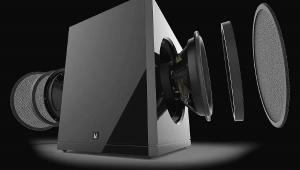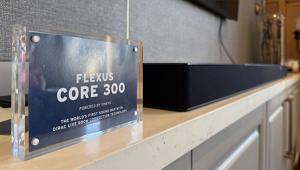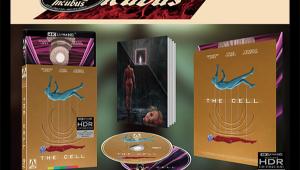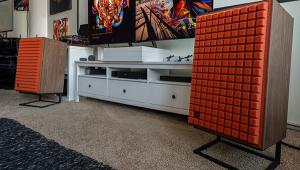Big News from Texas Instruments
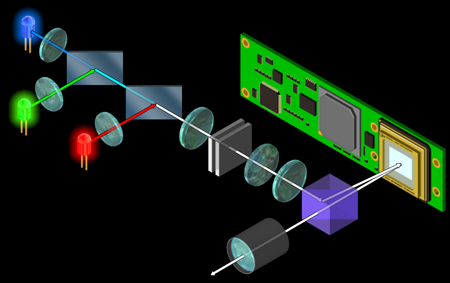 Developed by Luminus, PhlatLight LEDs last far longer than conventional lamps, eliminating the hassle and cost of lamp replacement. Instead of using a color wheel with a single DMD chip, the LEDs are turned on and off sequentially to illuminate the red, green, and blue portions of the image. This process occurs much faster than a color wheel-based system can manage, greatly reducing the chance of seeing the dreaded "rainbow effect."
Developed by Luminus, PhlatLight LEDs last far longer than conventional lamps, eliminating the hassle and cost of lamp replacement. Instead of using a color wheel with a single DMD chip, the LEDs are turned on and off sequentially to illuminate the red, green, and blue portions of the image. This process occurs much faster than a color wheel-based system can manage, greatly reducing the chance of seeing the dreaded "rainbow effect."
Other claimed benefits include greater contrast, wider color gamut, and 30% less power consumption than conventional lamp-based projectors. Several manufacturers, including Optoma, are planning to introduce so-called "lamp-free" DLP projectors for the home-theater market as soon as late 2008.
Another significant announcement was the introduction of projectiondesign's F10 AS3D, the world's first 3D-capable front projector. Using the same principles as the 3D-capable DLP rear-pros from Samsung and Mitsubishi, the F10 AS3D refreshes the image at 120Hz—60Hz for each eye—and relies on active LCD shutter glasses that are synchronized with the projector's refresh cycle to achieve the 3D effect. Designed for scientific visualization, simulation, and entertainment applications, the new projectiondesign model uses a conventional lamp and color wheel. It offers a resolution of 1400x1050 but is said to be fully compatible with 1080p signals (some scaling required).
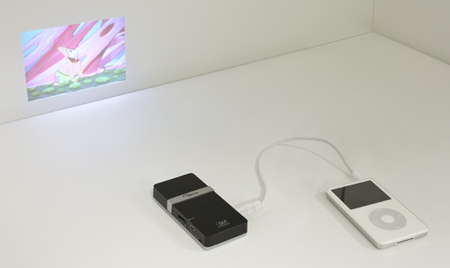 Finally, Optoma is demonstrating the world's first DLP "pico projector," so called because it fits in the palm of your hand. Such a projector, which utilizes LED illumination, is ideally suited for mobile-video applications using sources such as an iPod and other portable devices. Optoma plans to have this product in limited distribution by late 2008, and it will be launched worldwide in 2009.
Finally, Optoma is demonstrating the world's first DLP "pico projector," so called because it fits in the palm of your hand. Such a projector, which utilizes LED illumination, is ideally suited for mobile-video applications using sources such as an iPod and other portable devices. Optoma plans to have this product in limited distribution by late 2008, and it will be launched worldwide in 2009.
- Log in or register to post comments


























